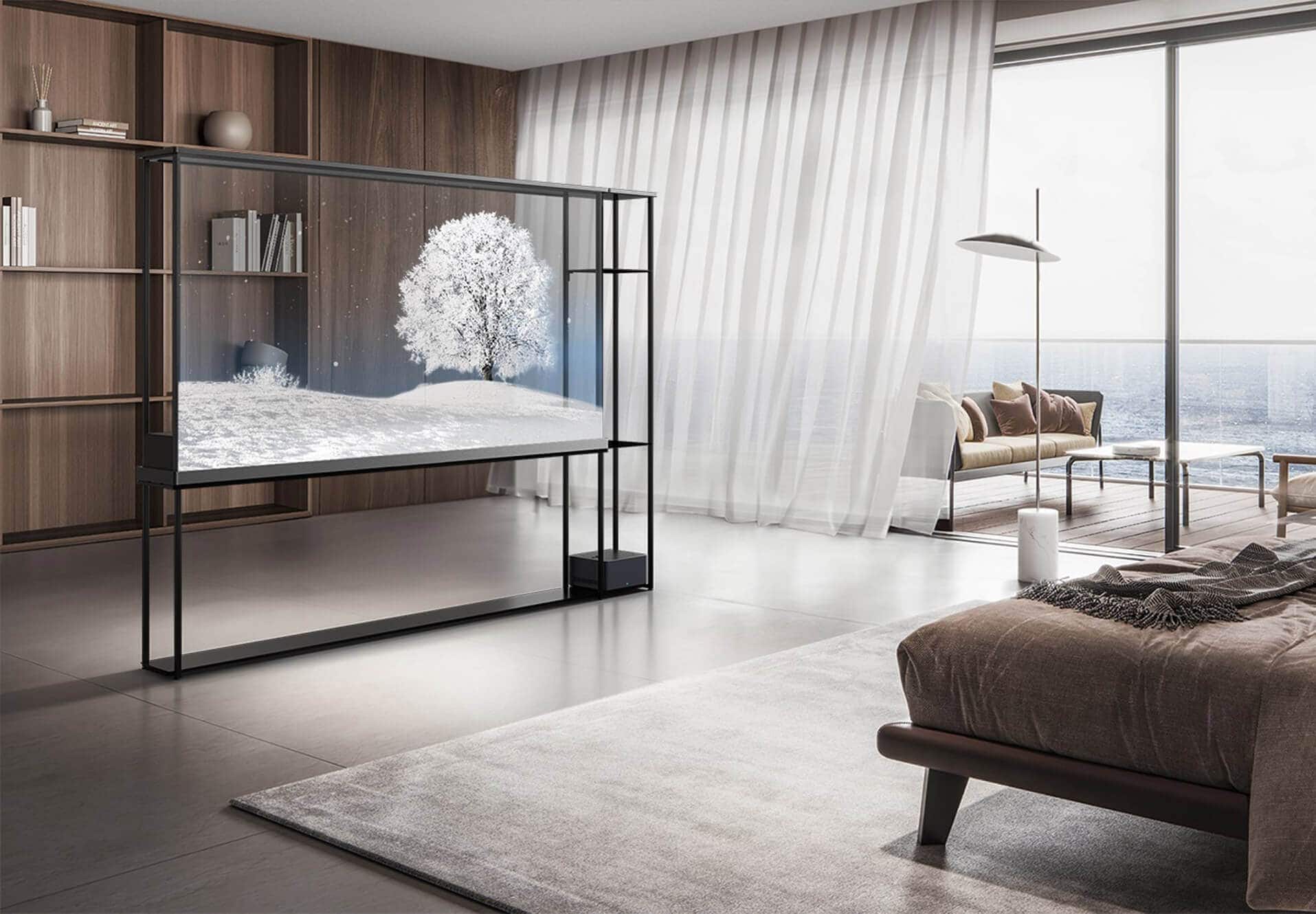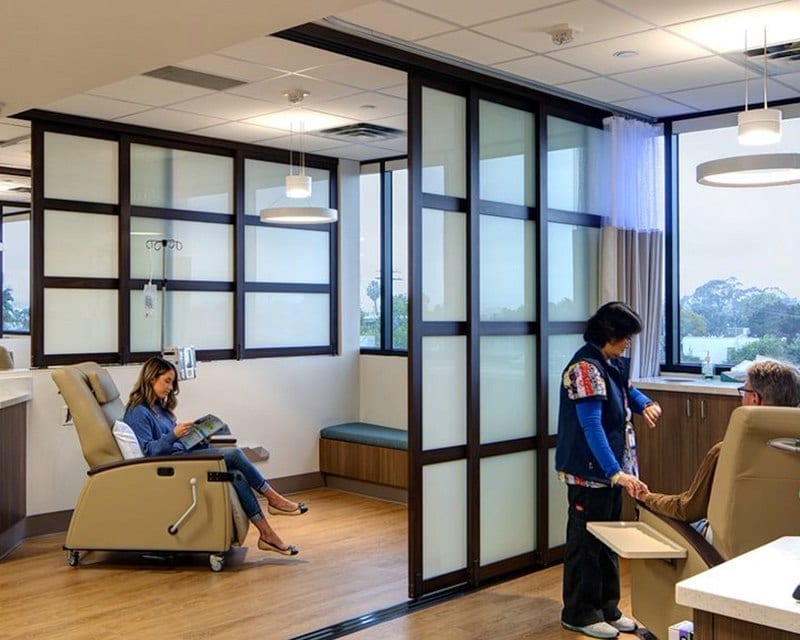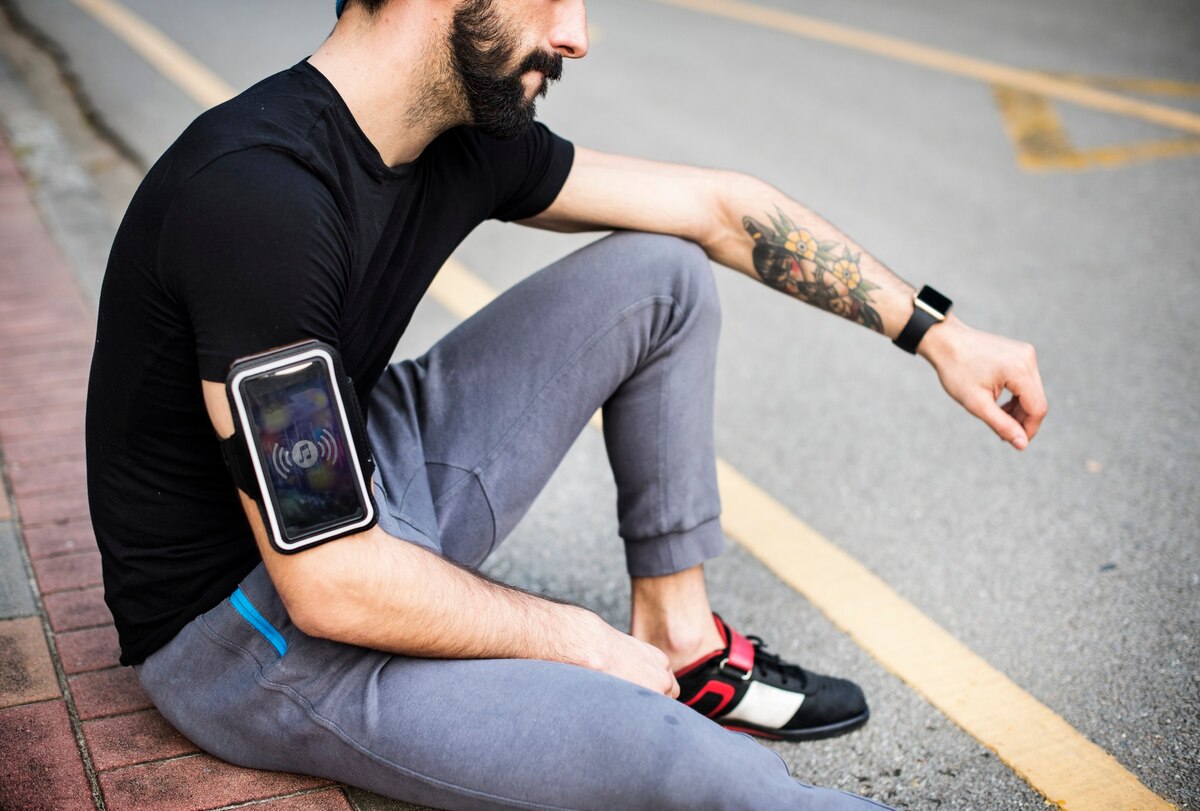In a world that often feels rushed and noisy, wellness spaces have become sanctuaries of calm and healing. Whether it’s a spa, physiotherapy clinic, or holistic treatment studio, the atmosphere of a wellness area profoundly influences how people feel and heal. Among the many design elements that shape such environments, room divider panels offer one of the simplest yet most effective ways to transform open spaces into peaceful, private zones.
Enhancing Privacy and Comfort
Privacy is central to every treatment experience. Clients relax more deeply when they feel shielded from outside distractions. Divider panels allow therapists and practitioners to create designated treatment areas without the need for permanent walls. This flexibility makes it possible to separate spaces for massages, yoga, consultations, or meditation, while maintaining an open, airy feel.
Soft, fabric-covered panels or frosted glass dividers can introduce a gentle boundary that keeps the environment calm and welcoming. In contrast, opaque wooden or bamboo panels offer a stronger sense of seclusion, ideal for treatments that require deeper concentration or quiet.
Improving Aesthetic Flow
A wellness space should encourage harmony between mind and surroundings. Divider panels contribute to this by defining flow and movement within the room. They can guide clients naturally from one area to another — such as from reception to the treatment zone — without disrupting the visual balance.
Designers often use neutral colours like beige, white, or sage green to reinforce tranquillity. Textured finishes such as rattan, linen, or light wood add warmth and organic beauty, helping the space feel grounded and nurturing. Thoughtful lighting can further enhance the mood, with gentle illumination diffused through semi-transparent screens creating a soft, meditative glow.
Adapting to Changing Needs
Unlike fixed walls, divider panels can be rearranged effortlessly to suit evolving requirements. A wellness centre that offers both group meditation and individual therapy sessions, for instance, can quickly shift layouts to accommodate different activities. Folding or mobile panels are especially useful for multi-purpose rooms, where flexibility is essential.
This adaptability not only saves time and cost but also supports sustainability. Instead of undergoing structural renovations, practitioners can update the space’s energy and purpose simply by repositioning panels or changing their coverings.
Supporting Wellbeing Through Design
Calmness isn’t created by silence alone — it’s shaped through sensory harmony. The materials and textures chosen for dividers play a major role in achieving this. Natural materials such as bamboo, jute, and cotton resonate with a sense of purity and earthiness, aligning perfectly with wellness philosophies that emphasise balance and connection to nature.
Acoustic panels made with sound-absorbing fabrics can reduce ambient noise, ensuring that conversation and movement in one part of the room don’t disturb treatments in another. This subtle sound control helps maintain a serene environment even during busy hours.
Creating Zones of Purpose
A well-designed wellness space often includes multiple functions: consultation, therapy, meditation, and rest. Divider panels make it possible to define these zones clearly while preserving unity in overall design.
For example, a semi-transparent screen between the reception and therapy areas keeps the welcoming feel of the space but gently separates client interactions from treatment sessions. In yoga or mindfulness studios, panels can mark quiet zones for reflection or preparation, giving individuals a moment of solitude before they enter a shared practice area.
Promoting Energy Flow and Balance
Wellness design often draws inspiration from traditional concepts such as Feng Shui or Vastu, where balance and energy flow are key. Strategic placement of divider panels can encourage positive energy movement while minimising stagnation. Aligning panels to allow natural light to filter through or leaving enough space for airflow ensures the room remains bright, breathable, and refreshing.
In this way, dividers serve more than a practical function — they become integral to the emotional and energetic rhythm of the environment.
Choosing the Right Style
The right panel design depends on the tone of the space and the therapies offered. Minimalist spaces may favour simple wooden or linen panels in neutral tones, while wellness studios inspired by nature could opt for organic forms, woven materials, or soft pastel hues.
For a more contemporary setting, modular or glass dividers provide sleek aesthetics and allow natural light to remain a dominant feature. Folding screens with artistic patterns can introduce a subtle focal point, reflecting brand personality or cultural motifs without overwhelming the serenity of the room.
Conclusion
Creating a calm treatment area is an art that combines aesthetics, purpose, and sensitivity to human comfort. Room divider panels provide an elegant and versatile tool to achieve this harmony. They balance openness with privacy, simplicity with sophistication, and beauty with functionality.
By integrating these panels thoughtfully into wellness environments, designers and practitioners can transform ordinary rooms into nurturing sanctuaries — spaces that truly embody peace, balance, and the quiet strength of healing.




